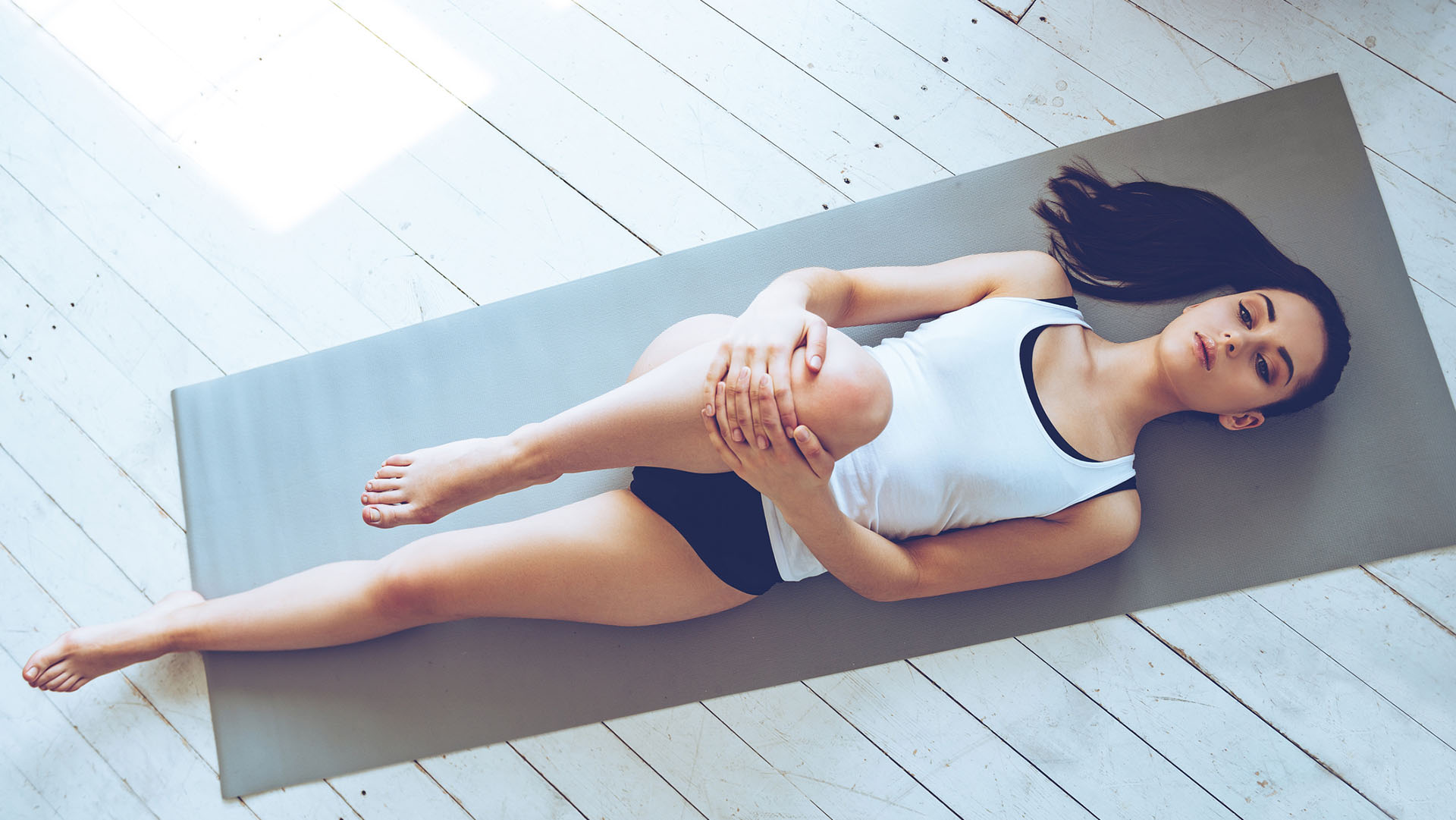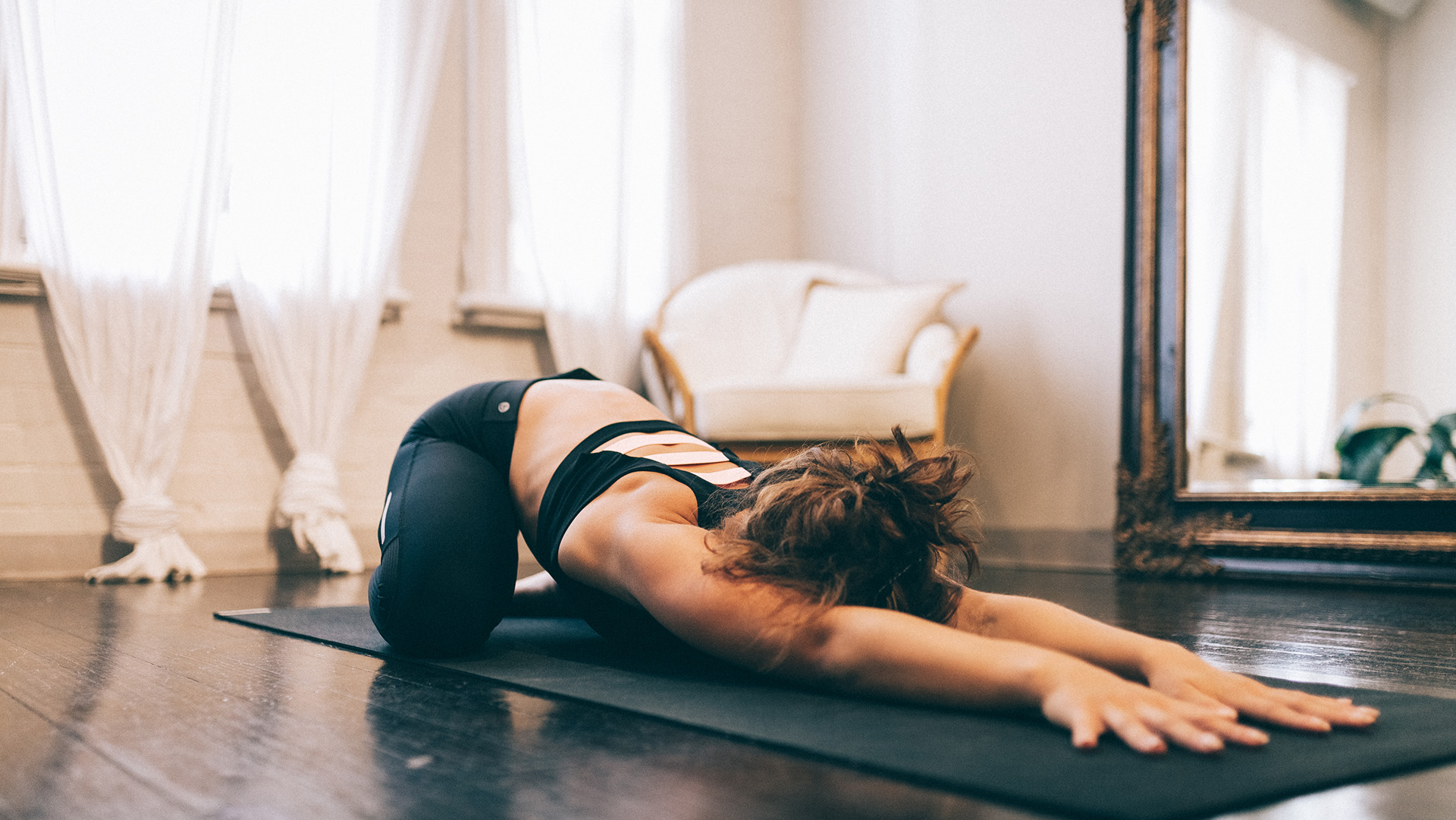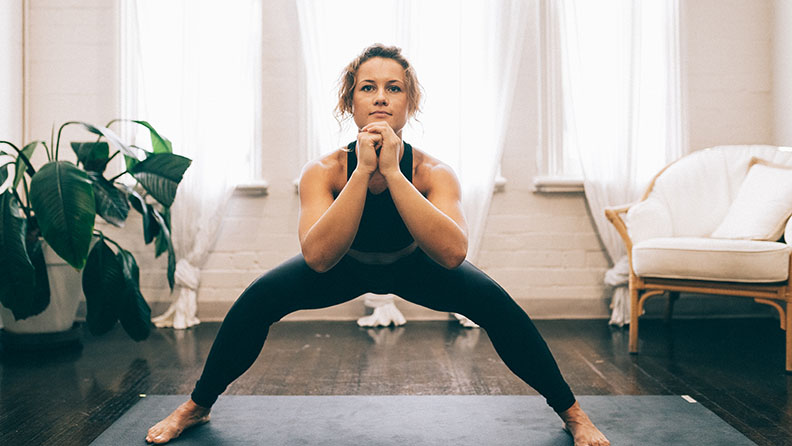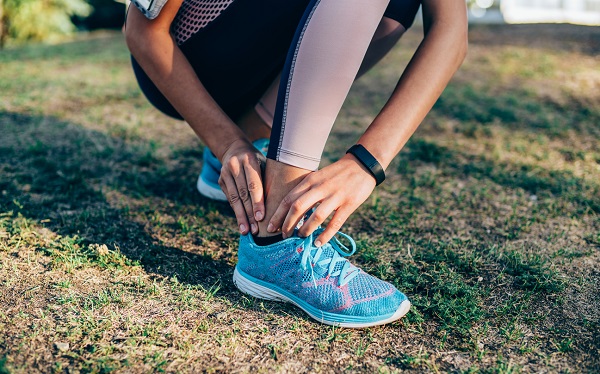-
If exercise is a regular part of your routine, helping prevent injuries is the key to helping you stay in the game. To keep on track, get yourself these simple tools to use at home.
Foam roller
The popular foam roller is reasonably new on the exercise scene and research into its benefits are still ongoing. There are studies that suggest when combined with stretching, foam rolling can help reduce muscle soreness and increase flexibility. The pressure of rolling across areas of the body can help relieve muscle tension and break up connective tissue. Aim to foam roll for 1-2 minutes before exercise and 10-20 minutes after to benefit from its effects.
Read more: 5 ways to use a foam roller, in pictures
Spiky ball
Great for releasing tightness in hard-to-reach trigger points. Wedge the spiky ball between you and a firm surface and slowly move around to create pressure on the point. You can adjust the amount of pressure by moving the position of your body. Try it out on the soles of your feet, front and back of your shoulders, glutes and hip flexors. Some points can feel tender to press against so remember to breathe through it.
Resistance band
The perfect tool for stretching, especially if you have limited flexibility and mobility. Resistance bands help to deepen your stretch while increasing your flexibility. You can lie on your back to stretch the groin, inner thigh, hips, lower back and hamstrings. To stretch your hamstrings, lie on the floor and loop the band around your foot and push it to the sky, and then gently pull on the band so your leg comes towards you until you can feel the stretch. This can also help release tension in your lower back.
Read more: 4 ways to relieve back pain
Heat bag
Having one of these can be handy if you have stiff joints or aching muscles. Applying heat stimulates blood flow and tissue elasticity to help relax the area. It’s important to remember that heat is good for stiffness and aches, but not for acute pain after an injury, like a sprained ankle.
Icepack
Ice helps reduce pain and swelling in the first 48-72 hours after an injury. Applying an icepack helps slow blood flow to the area and decrease swelling. It can also help prevent stiffness later down the track. If you don’t have an icepack in the freezer, frozen peas will do the trick, just make sure you wrap them in a tea towel or cloth so you don’t burn your skin. Ice your injury for 15-20 minutes every couple of hours, and if there is no improvement within a week, see a doctor or physio.
Your exercise survival kit
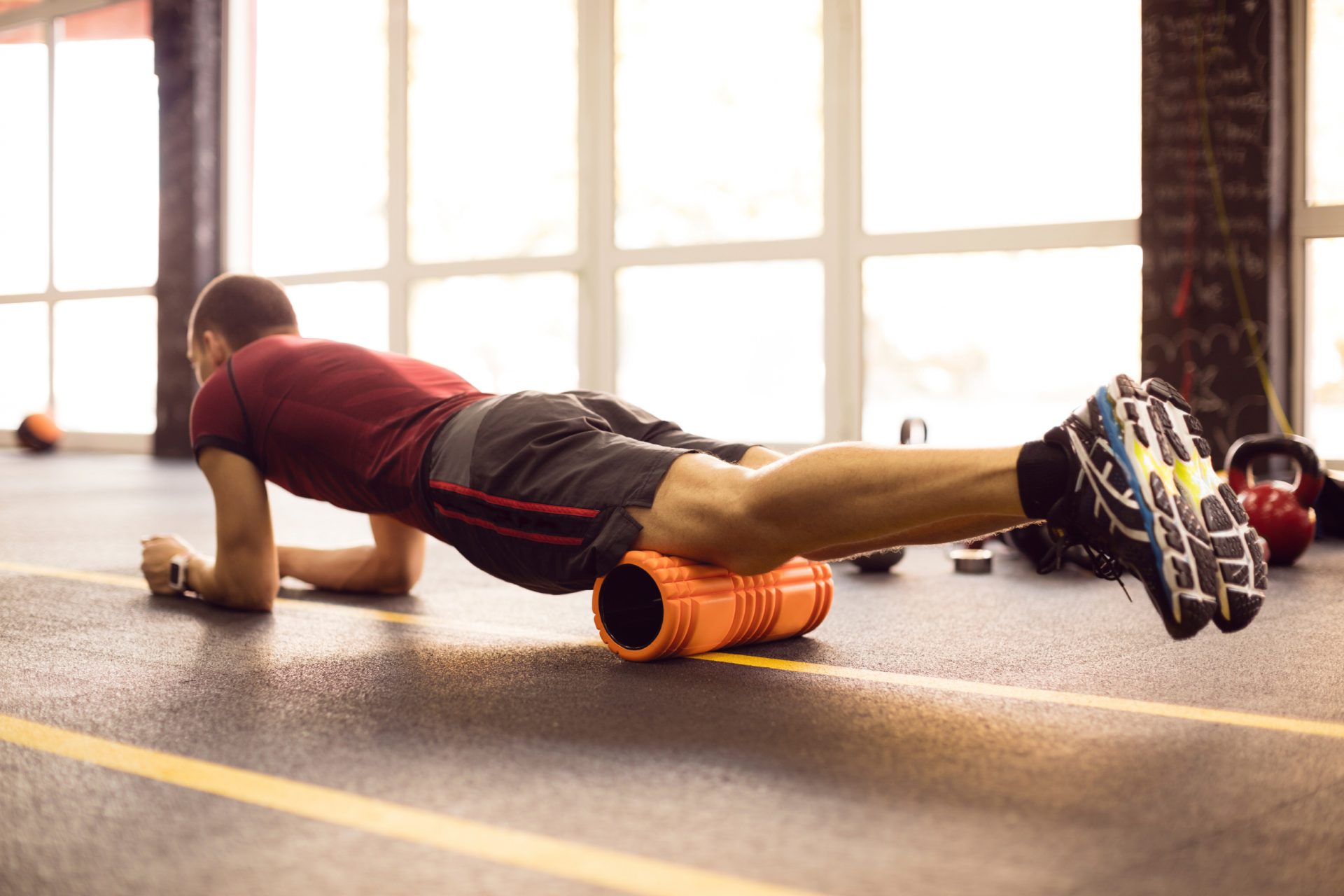
-
Stretches for gym enthusiasts
8 stretches to help you cool down from workouts
-
Stretches for office workers
Stretch out your back and relieve stress
-
Stretches for runners
Stretch your legs, hips and back after a long run
-
How to walk 10,000 steps
Discover how to easily reach your goal of 10,000 steps daily.
-
Everything you need to know about parkrun
Been wondering what a parkrun looks like? Where do you go? What do you do? How do you sign up? Find out here.
-
Five ways to exercise when on a budget
You don’t need to spend money on gym memberships just to meet your fitness goals. Here are five free ways to stay healthy and active when you’re living on a budget.
Subscribe to receive the best from Live Better every week. Healthy recipes, exercise tips and activities, offers and promotions – everything to help you eat, move and feel better.
By clicking sign up I understand and agree to Medibank's privacy policy

